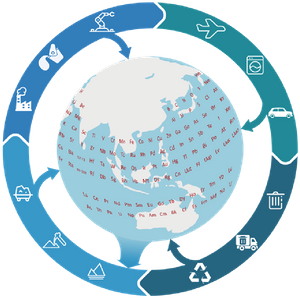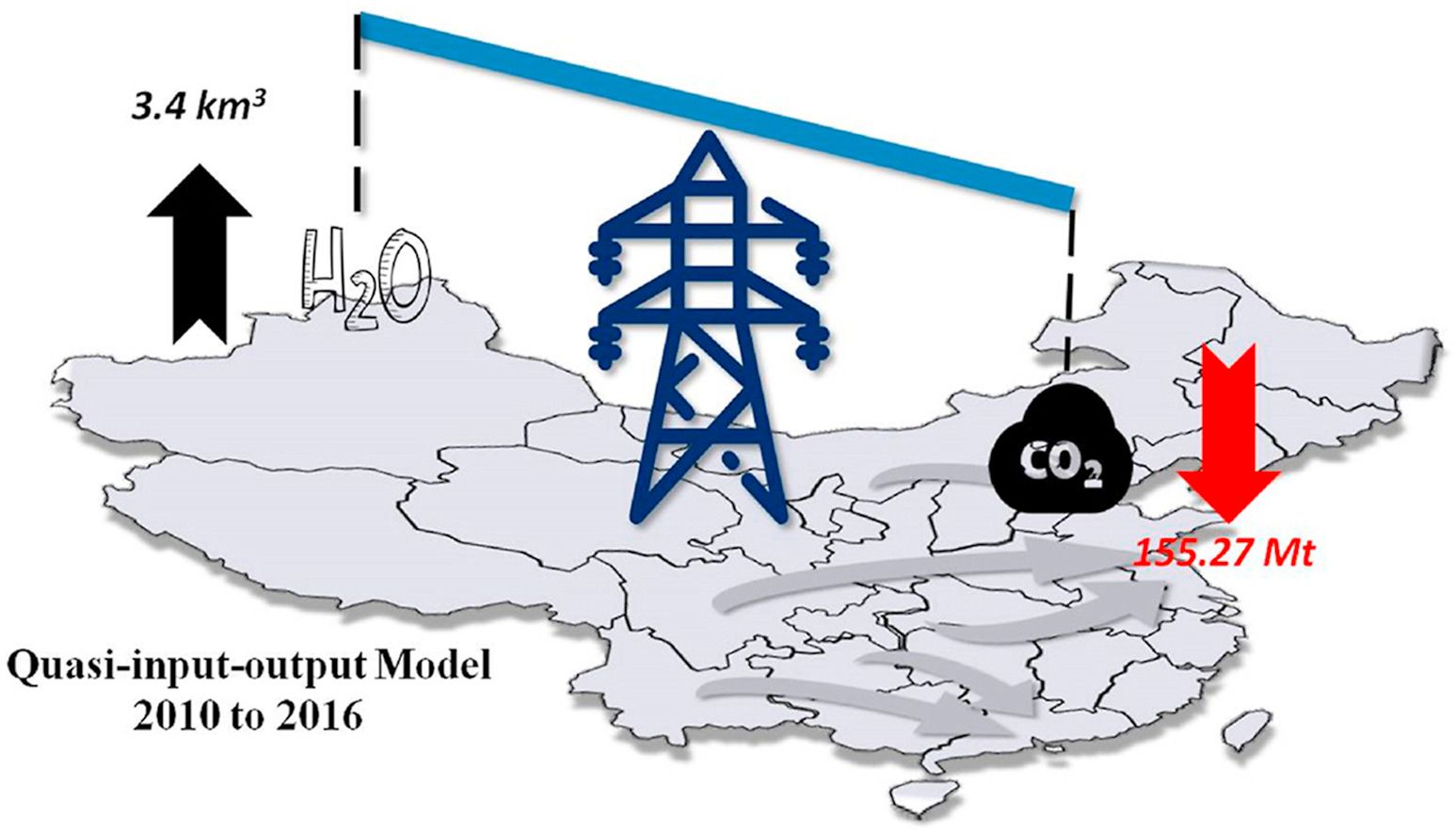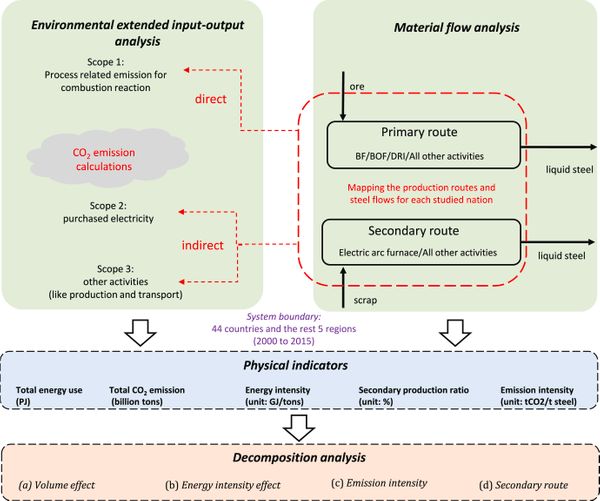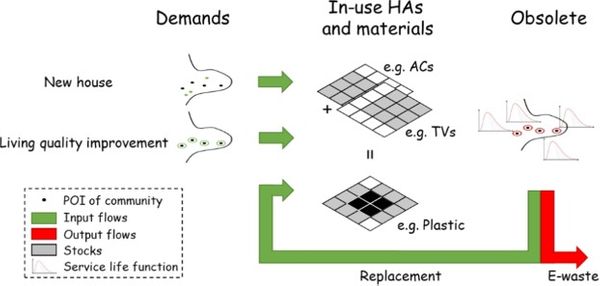Li Liu , Zihua Yin , PengWang , Yiwei Gan , XiaweiLiao
https://doi.org/10.1016/j.jenvman.2020.110719
Abstract
Electricity transmissions have been utilized in China to balance its spatially mismatched development needs and natural resources endowments. However, it has led to spatial shifts of negative environmental impacts induced by electricity generations, including water consumption and carbon emissions. This study calculates that, from 2010 to 2016, carbon emissions and water consumption to produce the transmitted electricity have grown from 507 Mt and 2.7 km3 respectively to 642 Mt and 6.5 km3. Applying a structural decomposition model coupled with a Quasi-Input-Output model to quantify the driving factors of such increases, we find that GDP increase has played the dominant role in driving the increase of both factors. Our results also highlight the potential conflicts between carbon reduction and water conservation in developing future electricity transmission infrastructure systems. Changing the electric power sector's energy portfolio and the transmission structure by increasingly utilizing hydropower productions have both contributed to national total carbon emissions reductions, but at the expenses of increased national water consumption. As a result, on a national level, in 2016, due to the inter-provincial differences in energy portfolios and technologies, electricity transmissions have led to 155.27 Mt of net carbon reduction and 3.4 km³ of additional net water consumption compared to the counterfactual scenario where no electricity transmission were facilitated. The future expansion of electricity transmission network needs to consider such trade-offs, particularly within the contexts of global climate change mitigation and emergent challenges posed by water stresses.
Keywords
Electricity transmissionStructural decomposition analysisQuasi-input-output modelCarbon emissionWater consumption







